Chrysophyllum januariense - 1 small potted seedling / 1 kleiner, getopfter Sämling
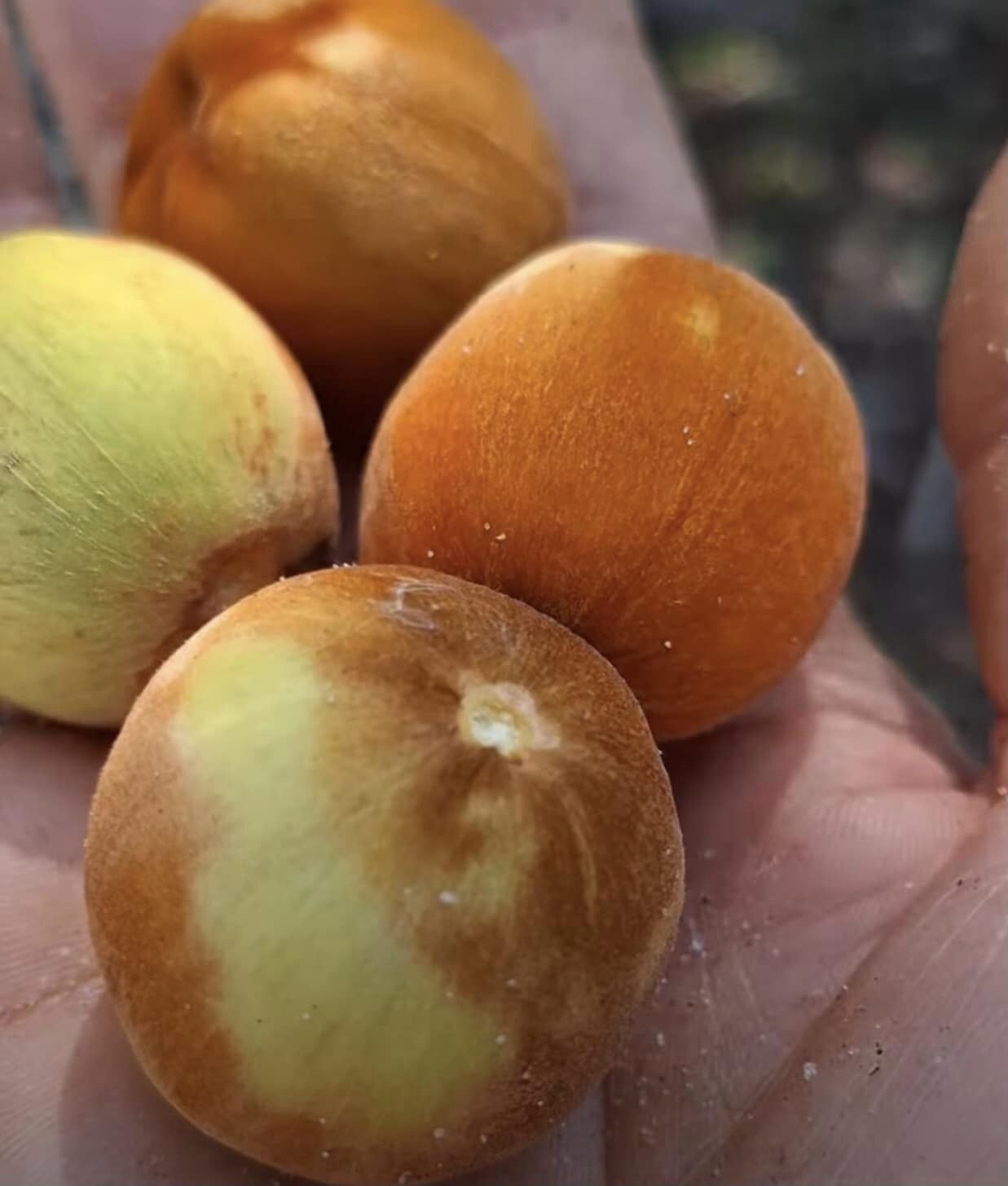
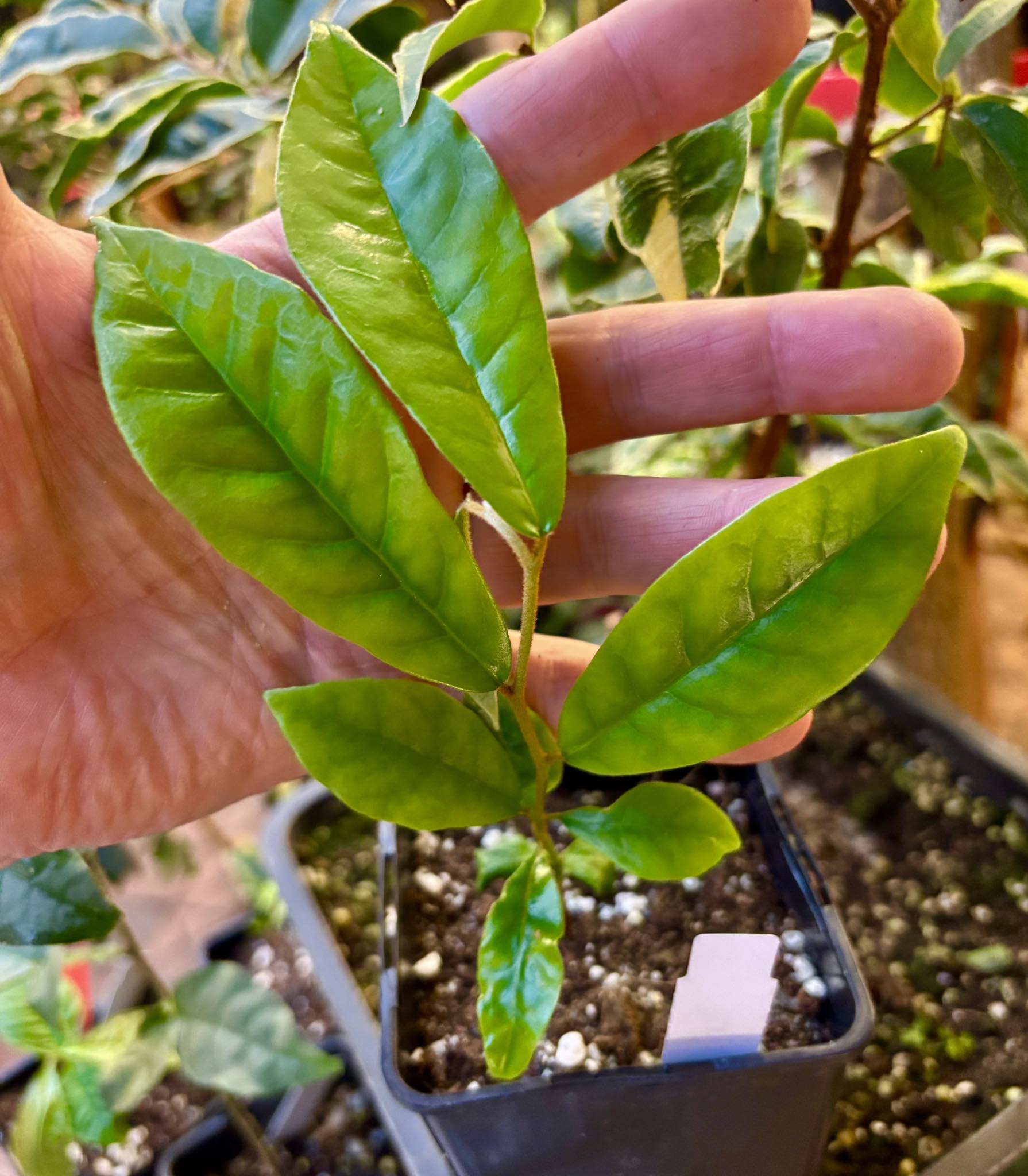
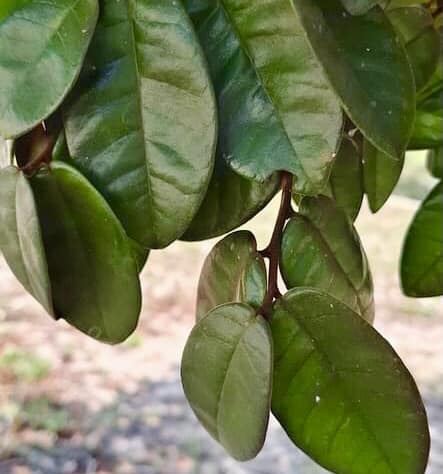
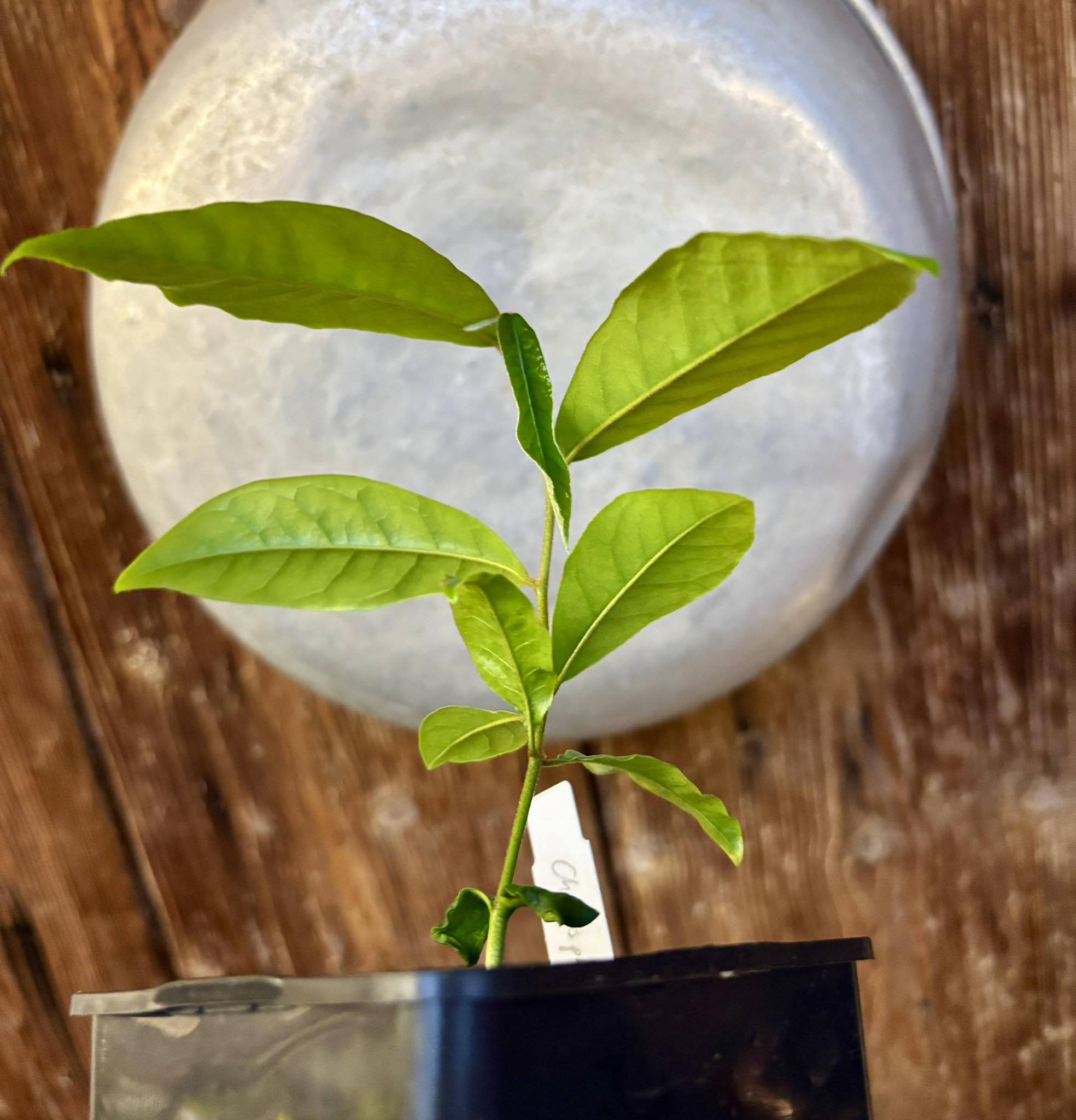
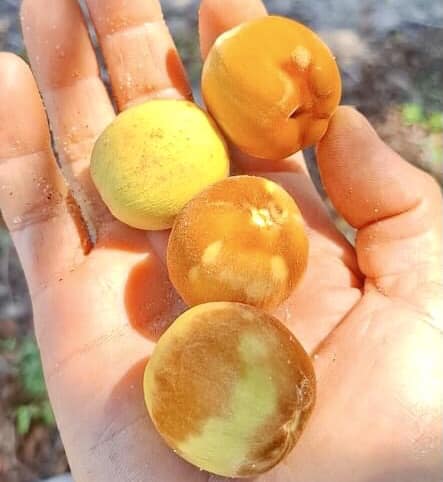
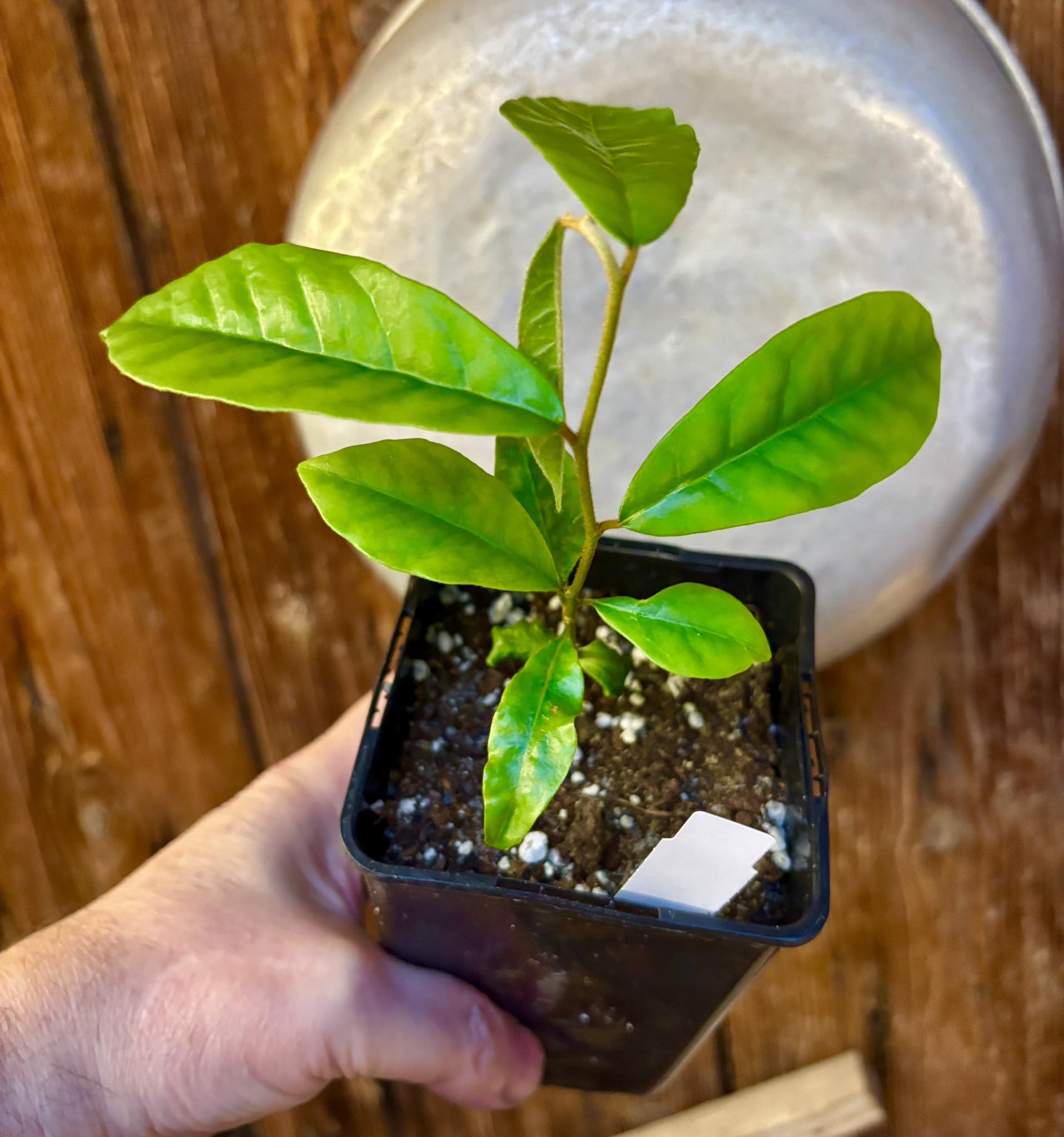
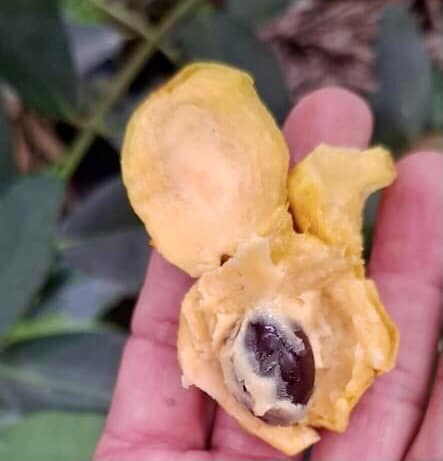
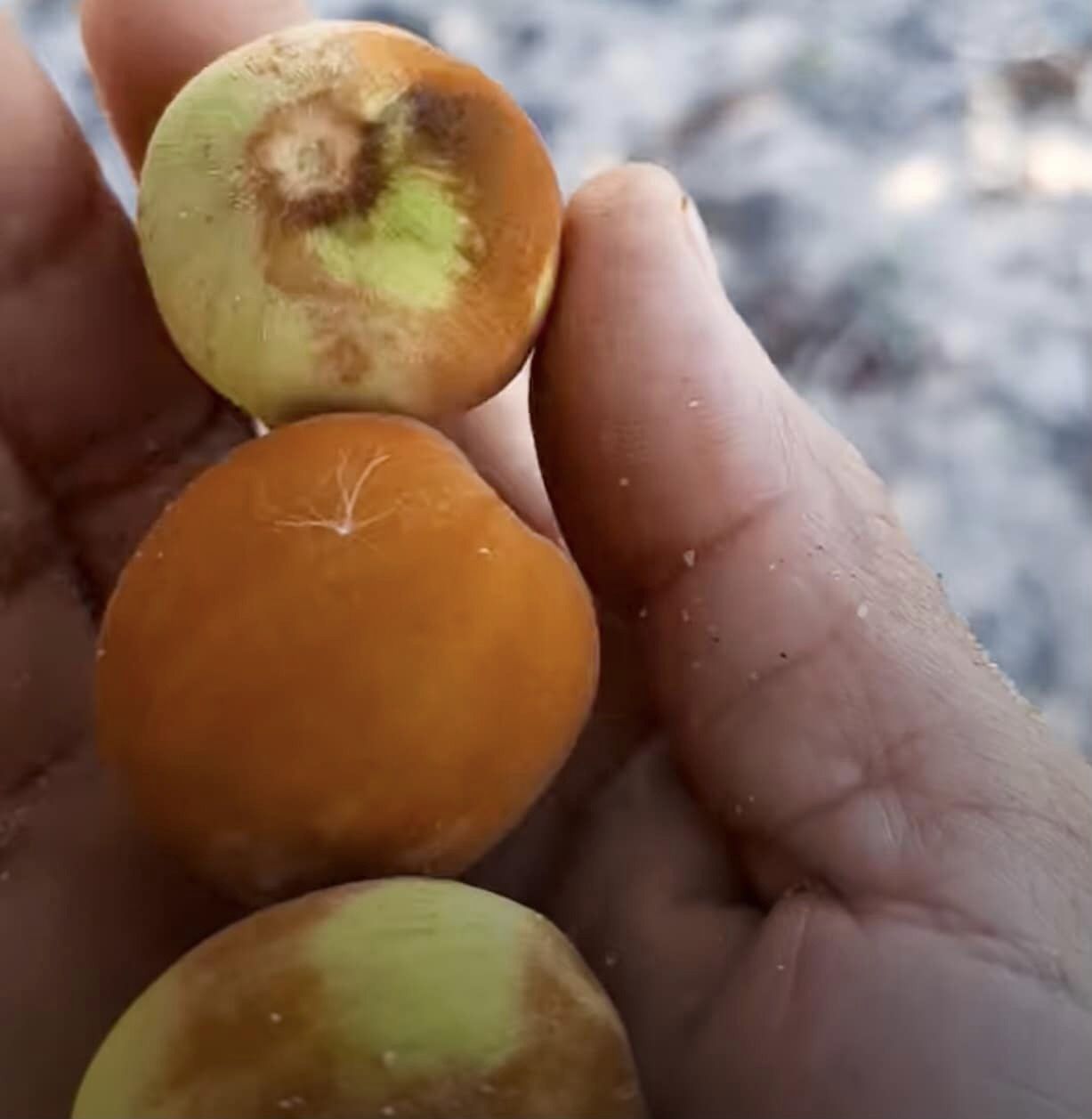
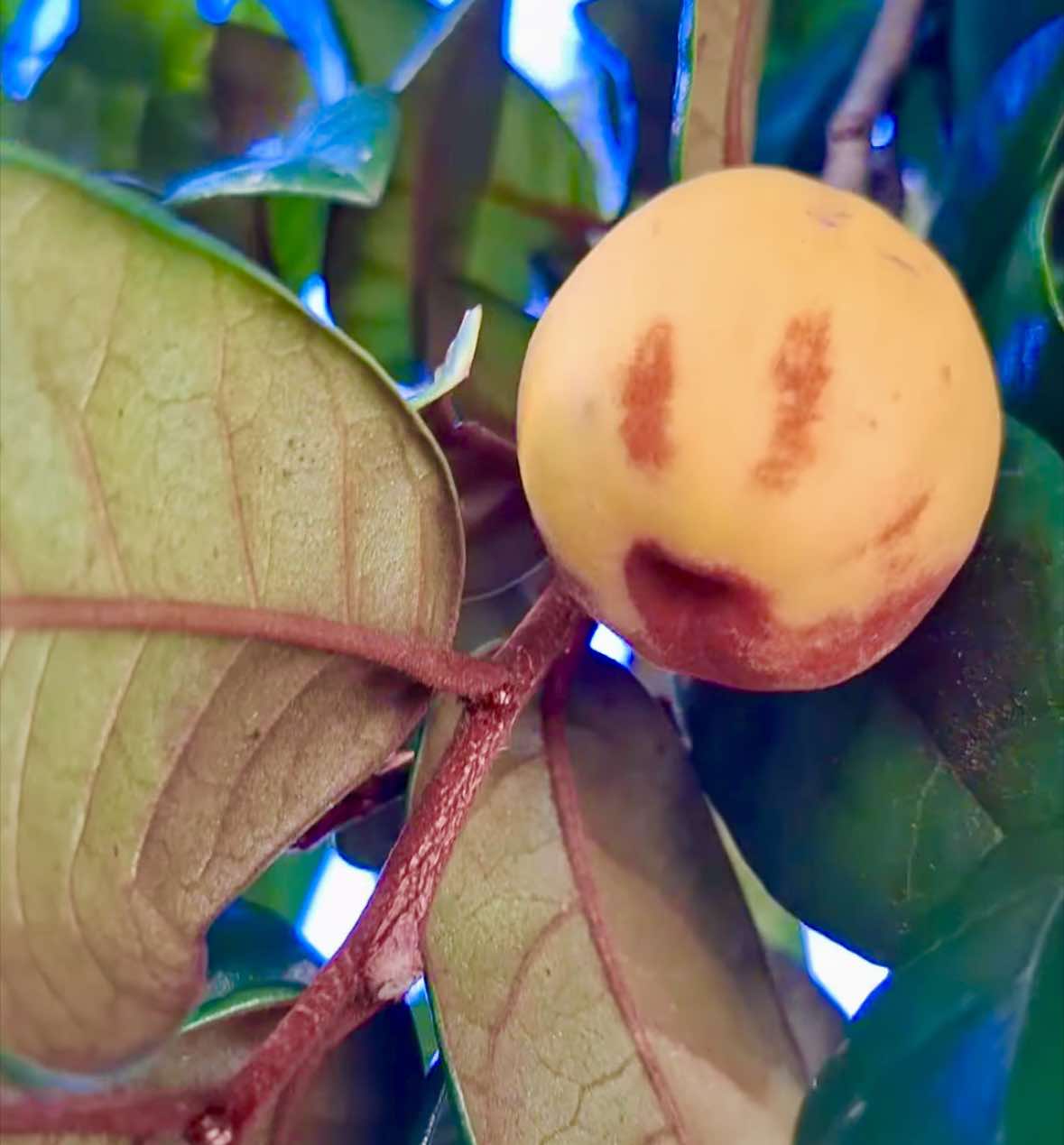
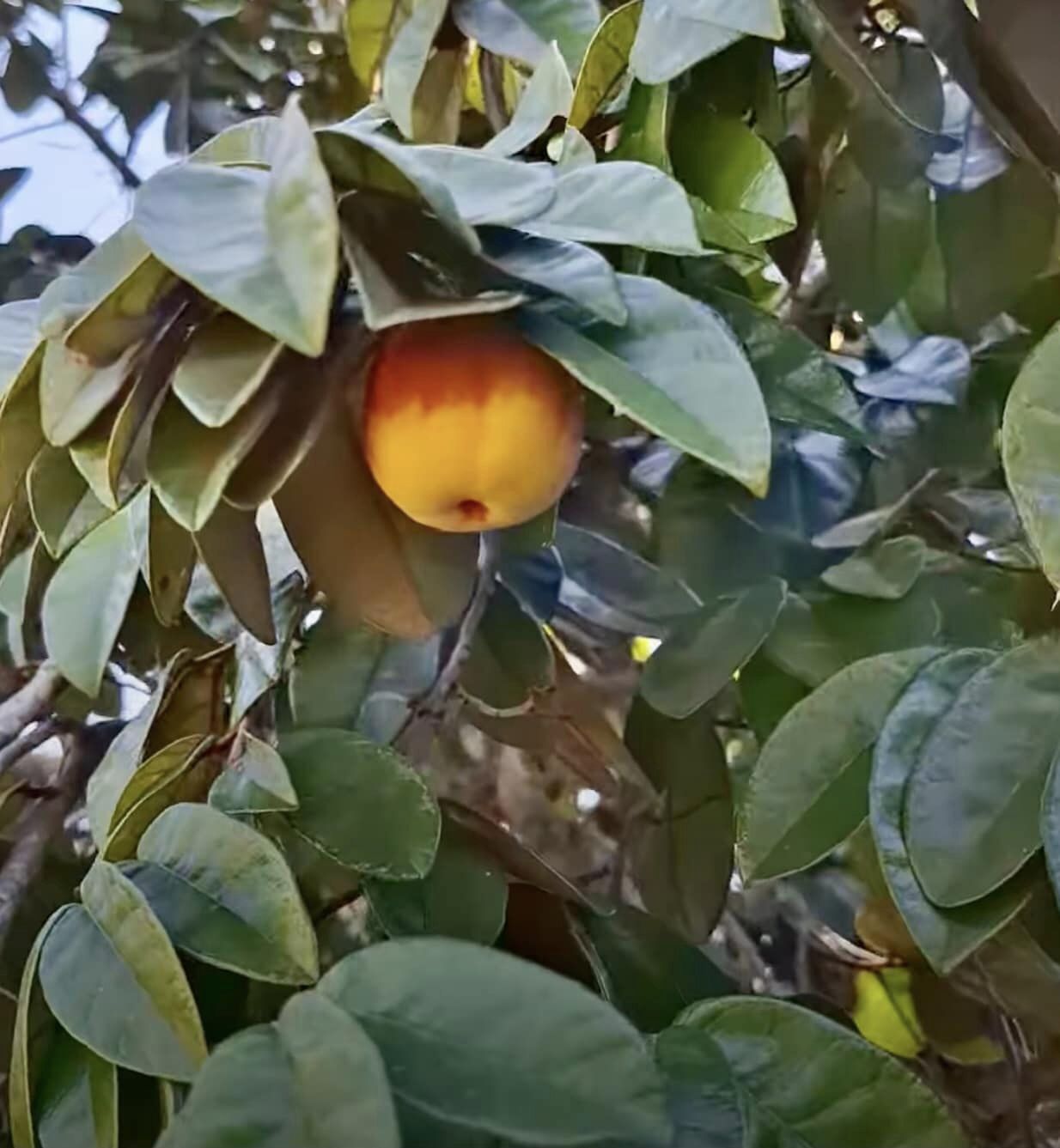
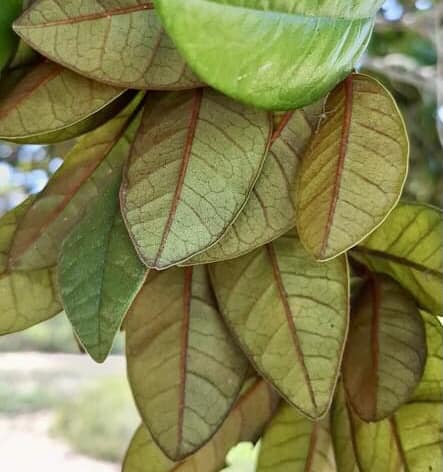

































Chrysophyllum januariense
Family / Familie: Sapotaceae
origin from / Herkunft: Brasil / Brasilien
Climate / Klima: temperate to warm (15-30C / 59-86F) / gemäßigt bis warm (15-30C / 59-86F)
Use / Verwendung: edible fruits, juice, jam, ice cream, etc. / essbare Früchte, Säfte, Marmelade, Eis usw.
you buy / sie kaufen: 1 small potted seedling / 1 kleiner, getopfter Sämling
Delivery EU only
Holy moly, this fruit, which is known to be almost extinct, was recently rediscovered.
It was considered extinct for almost 100 years!
But wait. Let's start from the beginning:
In 1869, the German botanist August Wilhelm Eichler (who died of leukemia at the age of 47) first described this fruit in his work Flora Brasiliensis.
Then came the time of emptiness.
The tree was not found for over 100 years and was considered extinct or "almost extinct".
But in 1987 the tree was rediscovered in the municipality of Saquarema and in 1995 in the municipality of Cabo Frio.
In each case in the Restingas of the state of Rio de Janeiro.
The tree is still on the IUCN (International Union for Conservation of Nature) list as almost extinct.
Are the fruits actually tasty?
Yes, they are! Many fruits from the sapote family (especially Pouteria) have a rather dry pulp and are suitable for juices, ice cream, etc.
Fruits of the Chrysophyllum species are rather juicy. This is known from Abiu and Star-Apple (Caimito).
This fruit is as sweet as sugar and has a juicy pulp with the consistency of a white sapote.
The tree does not grow very large and has typical Chrysophyllum leaves.
What is typical about it?
Very simple. The underside of these leaves is very different from the top of the leaves. Sometimes they shimmer gold and sometimes silver.
Once again, an almost extinct species has been found and shows us that nature is beautiful.
Please mix some sand into the soil, as this plant comes from the Restinga.
Please overwinter at a temperature of at least 15 degrees.
Holy Moly, vor kurzer Zeit wurde diese Frucht wieder gefunden, von der man weiß, dass sie fast ausgestorben ist.
Sie galt für fast 100 Jahre als ausgestorben!
Doch halt. Beginnen wir von vorn:
1869 hat der deutsche Botaniker August Wilhelm Eichler (gestorben mit 47 Jahren an Leukämie) diese Frucht erstmals in seinem Werk Flora Brasiliensis beschrieben.
Dann kam die Zeit der Leere.
Über 100 Jahre wurde der Baum nicht mehr gefunden und galt als ausgestorben oder „fast ausgestorben“.
Doch 1987 wurde der Baum in der Gemeinde Saquarema und 1995 in der Gemeinde Cabo Frio wieder entdeckt.
Jeweils in den Restingas des Bundesstaates Rio de Janeiro.
Der Baum steht noch immer in der IUCN Liste (International Union for Conservation of Nature) als fast ausgestorben.
Sind die Früchte eigentlich lecker?
Ja sind sie!
Viele Früchte aus der Sapotenfamilie (vor allem Pouteria) haben ein eher trockenes Fruchtfleisch und eignen sich für Säfte, Eis usw.
Früchte der Chrysophyllum Arten sind eher saftig. Man kennt das von Abiu und Star-Apple (Caimito).
Diese Frucht hier ist zuckersüß und hat ein saftiges Fruchtfleisch von der Konsistenz einer Weißen Sapote.
Der Baum wird nicht sehr groß und hat typische Chrysophyllum Blätter.
Was ist denn da typisch?
Ganz einfach. Die Unterseite dieser Blätter unterscheidet sich wesentlich von der Oberseite der Blätter. Manchmal schimmern sie gold und manchmal silbern.
Wieder einmal ist eine fast ausgestorbene Art gefunden worden und zeigt uns, dass die Natur wunderschön ist.
Bitte der Erde etwas Sand zumischen, da diese Pflanze aus der Restinga kommt.
Überwintern bitte bei mindestens 15 Grad.
